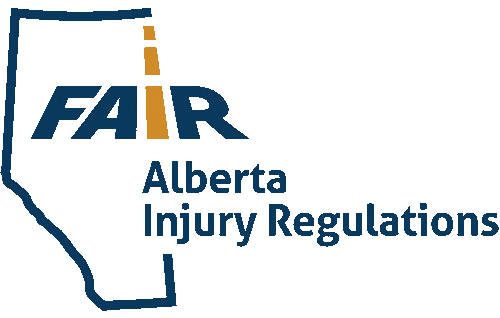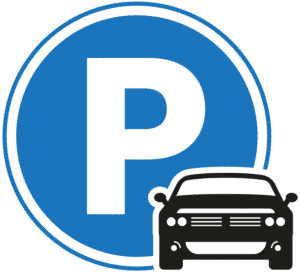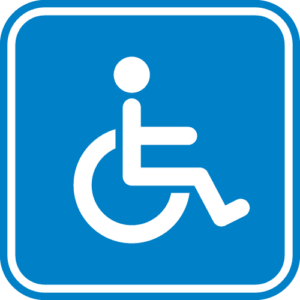Today, I want to explain why I think it’s vital to hire an experienced injury lawyer if you’re the injury victim of a hit and run accident. Some hit and run injury victims think they can obtain appropriate compensation without the help of an injury lawyer. I think that’s a mistake. If you are seriously injured by a hit and run driver, I urge you to contact an injury lawyer immediately to understand your rights and obligations. Check out the 5 reasons below.
Why drivers leave an accident without identifying themselves
The most common reason that at-fault drivers fail to identify themselves at the scene of an accident is because they do not want to face the consequences of driving:
- without insurance
- while intoxicated
- without the consent of the registered owner (a stolen vehicle).
At-fault drivers also commonly provide false identification to you or to the police. Remember, if you’re the injury victim of a hit and run collision, the process for obtaining compensation changes because there may be no insurance policy from which you can seek compensation.
5 reasons to hire a personal injury lawyer
- The criterion for obtaining compensation in a “hit and run” collision is more complex than in an ordinary collision. The Motor Vehicle Accident Claims (MVAC) Act (section 7) requires that the Administrator of the Act be notified, in writing, of a claim within 90 days of the accident. Failure to take this critical step can deny your right to compensation. Your experienced personal injury lawyer will be aware of certain exceptions to this rule.
- The MVAC Act establishes a “fund” to pay out damages for personal injury. While the Standard Alberta Auto Policy (SPF-1) usually has up to $1,000,000 in coverage, in contrast, the MVAC Act limits your compensation to only $200,000. Your injury lawyer will know of other potential sources for recovery if the amount of your claim exceeds $200,000. One of these sources is an SEF-44, or a “family protection endorsement” on your own auto policy or the policy of a member of your household. In many instances, the SEF-44 is unavailable to you, even though it is part of your policy. Your experienced personal injury lawyer will know whether the family protection endorsement is available to you.
- A lawsuit must be filed. The proper party to name as the defendant in the lawsuit is “The Administrator of the Motor Vehicle Accident Claims Act”. Your experienced personal injury lawyer will tell you whether your claim should be filed in Provincial Court or King’s Bench and why. There is a benefit to naming one or more “John Does” as defendants in your lawsuit. For example, if the hit and run driver is identified after the two-year limitation period in which to bring a lawsuit (talk to your injury lawyer about the exceptions to this rule), and you failed to name a John Doe in the lawsuit as a defendant, you can lose your right to compensation entirely.
- The litigation process is generally the same as a claim where the MVAC Act is not involved. The Administrator hires a lawyer to defend your claim. Your personal injury lawyer will exchange relevant records with the other lawyer. Then, a procedure called a “questioning” will occur at one of the lawyer’s offices. In advance of this questioning, your injury lawyer will have prepared you to make you comfortable with the procedure. During the questioning, a court reporter will be present. Parties will be sworn under oath to tell the truth. The Administrator’s lawyer will question you about the accident, your injuries, medical treatment, wage loss, and anything that may relate to the various heads of damages in your Statement of Claim.For an explanation on the various heads of damages in a non-fatal accident claim, see What Does heads of Damages Mean. For an explanation of the types of compensation which you can claim in a fatal accident, see Wrongful Death/Fatality. Always retain an experienced personal injury lawyer to represent you!Further document production will likely arise out of the questioning, and a second questioning may be held and questions may be asked pertaining to the information that was not available at the original questioning. The Administrator’s lawyer may require you to attend one or more Defence Medical Examinations. Expert reports are exchanged and your case can be scheduled for trial. Trial is the final stage of the litigation process. Most personal injury cases, however, settle without trial.
- You will require a Judgement before the Administrator pays your damages. Most often, the Judgment is reached by way of consent through negotiations between your injury lawyer and the Administrator or its lawyer. Sometimes, a trial is required. The Judgement must be filed with the Court.
Call a qualified injury lawyer as soon as possible after your accident
Sometimes injury victims choose to resolve their claims without a lawyer. I recommend that injury victims speak with an experienced personal injury lawyer as soon as possible after any type of accident (even if you choose to settle your claim on your own). Speaking with an experienced personal injury lawyer is even more imperative when you have been injured by a hit and run driver.
If you need help choosing a personal injury lawyer, be sure to review my blogs on Choosing a personal injury lawyer.








